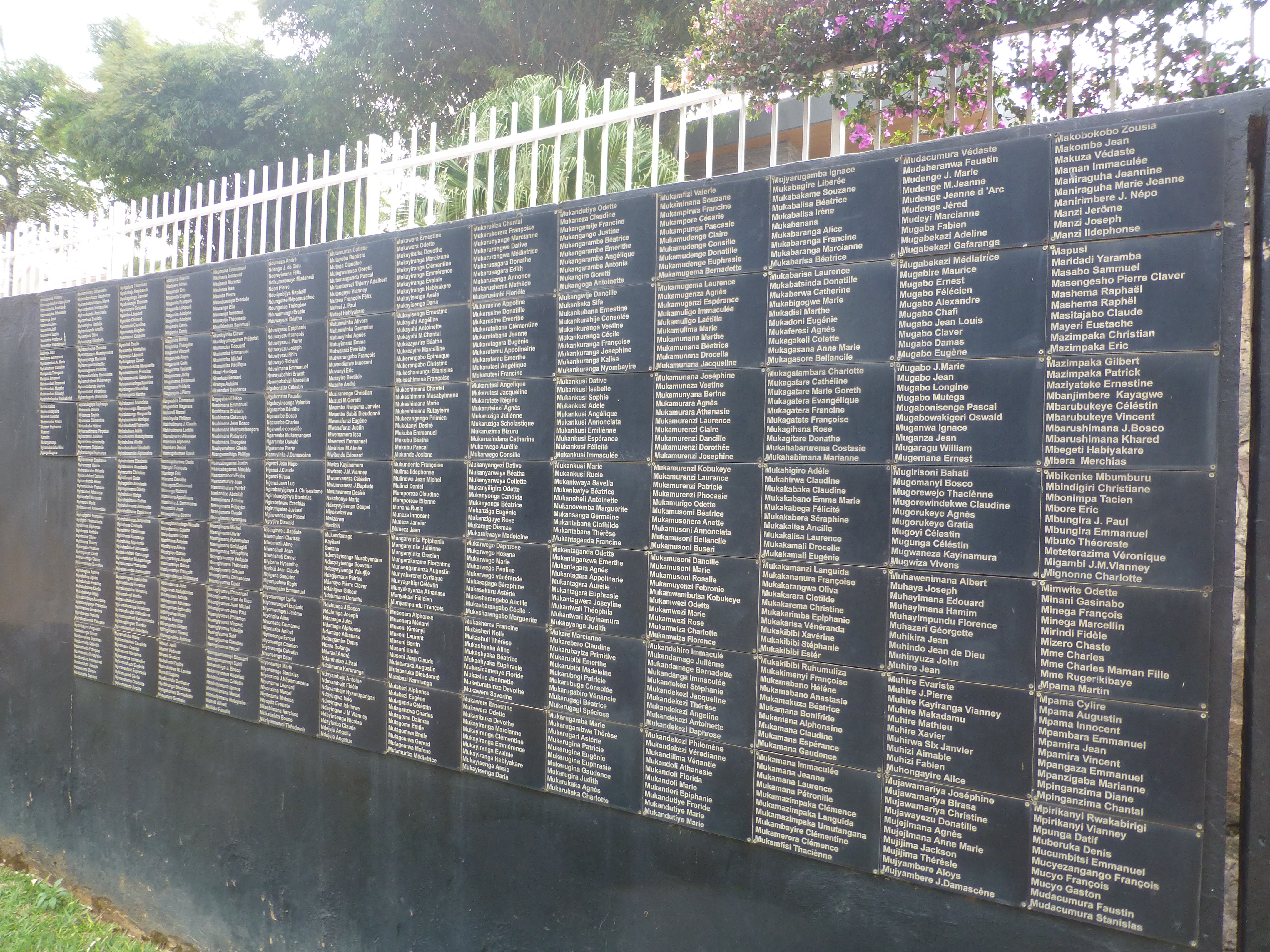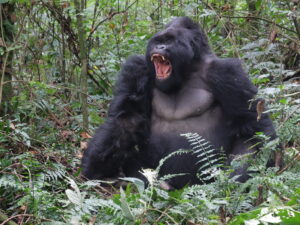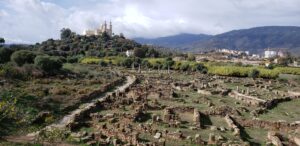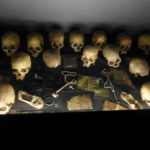
The bones and the charred clothing are all that remain…and the memories of the survivors. In just three months, the spring of 1994, the ruling party of Rwanda unleashed all out genocide against part of its population. Out of 7 million citizens, up to one million Rwandans – from the youngest to the oldest – were brutally killed; countless others tortured and brutalized; neighbors turned on neighbors. Two million fled to neighboring countries. The western world stood by or abetted the horror. Many now know of this from the movie, Hotel Rwanda (a place still open in Kigali), but the reality was far worse.

All but a few witnessed the violence themselves; all but a few weep still over the family members lost. The country completely fell apart, destroying the lives of the targeted and the livelihoods of the killers. It only ended when a militia led by the current President, Paul Kagame, restored order, and when more than 1 million Rwandans who did the killing escaped to other countries.

No part of Rwanda was spared the horror. At various sites, memorials honor the dead where they suffered, such as two churches just south of Kigali. At each, 5000 victims gathered for sanctuary, but instead were slaughtered with grenades, fire and machetes. Here, and at the principal memorial in Kigali, the collective graves filled with bones testify solemnly to that tormented time and the need to remember. In visiting these three sites, we learned much about the terror itself; no emotions are adequate to the frightening, devastating time – but we were saddened, stunned, grief-stricken and overwhelmed as we confronted the details of what happened.
The victims physically cry to you at the Murambi memorial in the south near Butare/Huye, a hilltop where 50,000 died in a military-style assault. The killers themselves dug pits to hide the bodies, many of which were petrified by heat in the ground. Hundred and hundreds of those bodies lie in the buildings they hoped would shelter them, for all to honor and weep over their deaths.
One survivor, then age 15, told us how he hid out in the fields near his village for these three months, never sure whether the house he approached, when hunger overwhelmed him, would be one that would help him or lead to his death instead. He lost his parents along with 11 brothers and sisters to the slaughter; a sole surviving sister saved him once by warning him not to approach his own godfather for help, as that man had already betrayed so many. After the genocide, he wanted to join the military and seek retribution against the killers in neighboring countries. A wise counselor warned him not to live the rest of his life in that horrible past, but use his life to build a future.
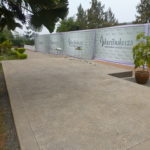
To us, at the Kigali Memorial, it was frightening as well to look back at more than 100 years during which the first embers were lit in ethnic division. The Belgian and German colonizers gained from dividing a population in artifical ethnicities, Hutu and Tutsi, partly derived from then current, but misconceived, theories of physiognomy and evolution. By the 1950s, pogroms threatened the then minority Tutsis, civil conflict exacerbated tensions, and rulers demeaned and vilified the minority in propaganda campaigns. Ultimately, it all exploded in out and out genocidal brutality.
For another five years or so after the genocide of 1994, wars in the area disrupted recovery. Then the miraculous turnaround of the last 15 years began, through a combination of international aid, the return of those who fled the killing, a commitment by Rwandans to look forward, plus the inspired leadership of Kagame. Most of the 1 million killers were tried in community tribunals known as gacaca (pronounced gachacha), an ancient tribal system for justice. In these tribunals, the killers confessed to their neighbors and the families of those they killed. Then they received punishment: some form of retribution, a great deal of community work, and sometimes imprisonment. The tribunals worked, as most Rwandans felt they could turn to the future.

We spoke with another Rwandan whose close family had fled in fear to Uganda years before the genocide. He lost his aunt and uncle, among others. Years later, he attended the gacaca for their killer, a long-time neighbor of his village, though his father felt he himself could not bear to go. He reported how the killer wept, and how the killer’s family wept in shame. When asked what punishment he would levy on the man, he said he could not, and averred he had made his peace with the past. He left that trial, feeling released from the past and free to look forward. His father later blessed his decision.
Now you see smiling faces on the streets, mostly young because of that lost generation. Kigali is becoming a model city for Africa. In other towns as well, you see bustling stores and new contruction ongoing. The hard work of the farming villages is paying off. Rwanda’s health care system is a model that the NY times just recommended to the United States.
In Rwandan tribal symbology, fire stands for death and water for life. The fiery rage that consumed so many in this country yielded first to tears, some of which we still witnessed at the Kigali Memorial. But we also saw how hope and renewal are flowing.
(Also, for more pictures from Rwanda and DRC, CLICK HERE to view the slideshow at the end of the itinerary page.)


